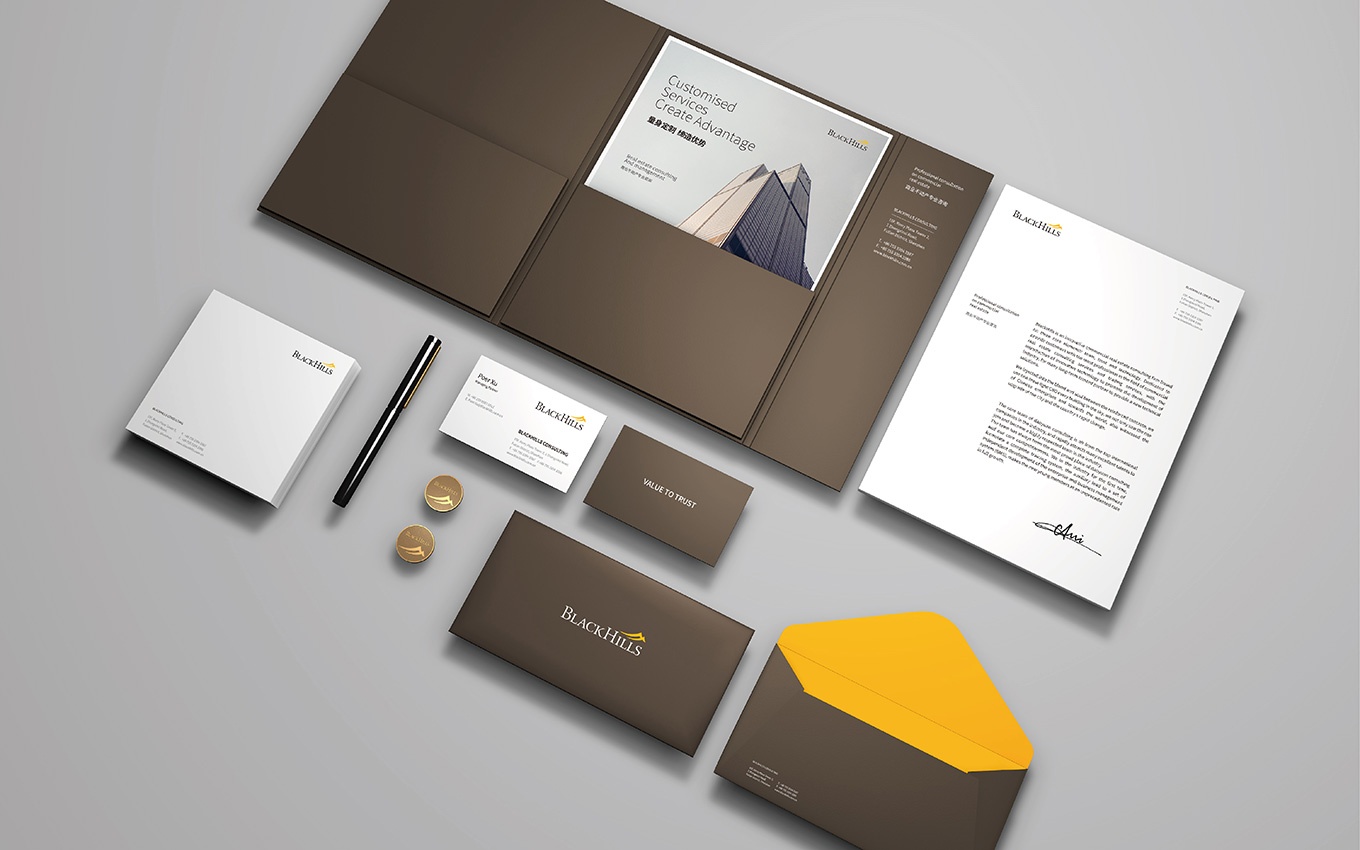餐饮行业正处于不断演变和创新的时代,面临着多种趋势和挑战。,消费者对健康、营养和可持续性的关注日益增加,推动了餐饮行业向更加健康、有机、天然的食品和饮料方向发展。越来越多的消费者开始关注食品的原材料、生产过程和环境友好性,对无添加、低糖、低盐、无麸质等产品需求不断增长。因此,餐饮企业需要不断调整自己的产品和服务,提供符合消费者需求的健康食品,同时加强与供应商的合作,确保原材料的质量和安全性。
,科技的不断发展也深刻影响着餐饮行业的发展。移动支付、无人商店、智能点餐系统等新技术的应用正在改变消费者的用餐体验和餐饮企业的经营模式。消费者越来越习惯使用手机APP进行点餐、支付和订餐,餐饮企业需要积极跟进这一趋势,提升自己的移动支付和线上订餐服务水平。,人工智能和大数据技术的运用也可以帮助餐饮企业更好地了解消费者的偏好和行为习惯,优化菜单设计、营销策略和供应链管理,提升经营效率和服务质量。

配图为广州vi设计公司作品
餐饮VI设计是餐饮企业品牌形象的核心内容,它涉及餐饮企业的标志、标语、色彩、版式等方面。一个成功的餐饮VI设计可以提升企业形象,增加品牌知名度,吸引更多的消费者。下面是餐饮VI设计要点的列举:
1. 标志设计
标志是餐饮企业的核心形象,它是消费者对企业的第一印象。餐饮VI设计中的标志要简洁、易认,具有独特性和创意性。标志的设计要符合企业的特点和目标受众的需求,能够传达企业的理念和个性。标志的颜色、形状、字体等都需要经过精心的设计和调整。
2. 色彩设计
色彩是餐饮VI设计中非常重要的要素,它能够给人一种直观的感觉。餐饮VI设计中的色彩要能够引起人们的食欲和兴趣,传达企业的餐饮特色和氛围。色彩的选择需考虑到企业的定位、目标受众的需求、食物的特点等方面因素,以达到视觉上的舒适和吸引消费者的效果。
3. 图像设计
图像是餐饮VI设计中用来传达企业理念和形象的重要手段。图像可以是食物、餐具、服务人员等,也可以是和餐饮相关的任何元素。图像的选择要与企业的定位和特色相结合,能够引起消费者的共鸣和兴趣,并能够传达出企业的风格和个性。
4. 版式设计
版式是餐饮VI设计中的排版和布局的重要部分,它决定了信息的传达效果和阅读的舒适性。版式设计需要考虑到文字和图像的组合,以及排版的整体感觉和美观度。版式要简洁清晰,能够突出重点和信息的重要性,同时也要符合消费者的阅读习惯。
餐饮VI设计要点涉及到标志设计、色彩设计、图像设计和版式设计等方面。一个成功的餐饮VI设计能够提升企业形象,增加品牌知名度,吸引更多的消费者。
1. Enhancing Product Value:
Effective restaurant design can significantly enhance the perceived value of the products offered. A well-designed dining space not only provides a comfortable and inviting atmosphere for customers but also elevates their dining experience. This can lead to increased customer satisfaction and loyalty, as patrons are more likely to return to establishments where they feel valued and where the overall dining experience is memorable.
2. Reflecting Brand Identity:
The design of a restaurant serves as a visual representation of the brand identity. Whether it's a fast-food chain, a fine dining establishment, or a cozy café, the design elements such as decor, color scheme, and layout should align with the brand's image and values. Consistent branding through design creates a cohesive and recognizable identity, which can strengthen the brand's presence in the market and differentiate it from competitors.
3. Optimizing Operational Efficiency:
Thoughtful design can streamline workflow and optimize operational efficiency in the restaurant industry. Factors such as kitchen layout, equipment placement, and traffic flow within the dining area can significantly impact the speed and quality of service. For example, a well-designed kitchen with an efficient layout can reduce wait times for food preparation, leading to higher customer satisfaction and increased turnover. Similarly, a well-organized dining space can maximize seating capacity and minimize wait times for guests, ultimately boosting revenue.
4. Creating Unique Experiences:
In a competitive market, memorable experiences can set a restaurant apart from its competitors. Design plays a crucial role in creating these unique experiences that leave a lasting impression on customers. Whether it's an innovative interior design concept, an immersive theme, or an interactive dining experience, restaurants that prioritize creativity and originality in their design can attract new customers and generate buzz through word-of-mouth and social media, ultimately driving growth and success in the industry.

业务咨询 付小姐

业务咨询 舒先生

总监微信咨询 付小姐